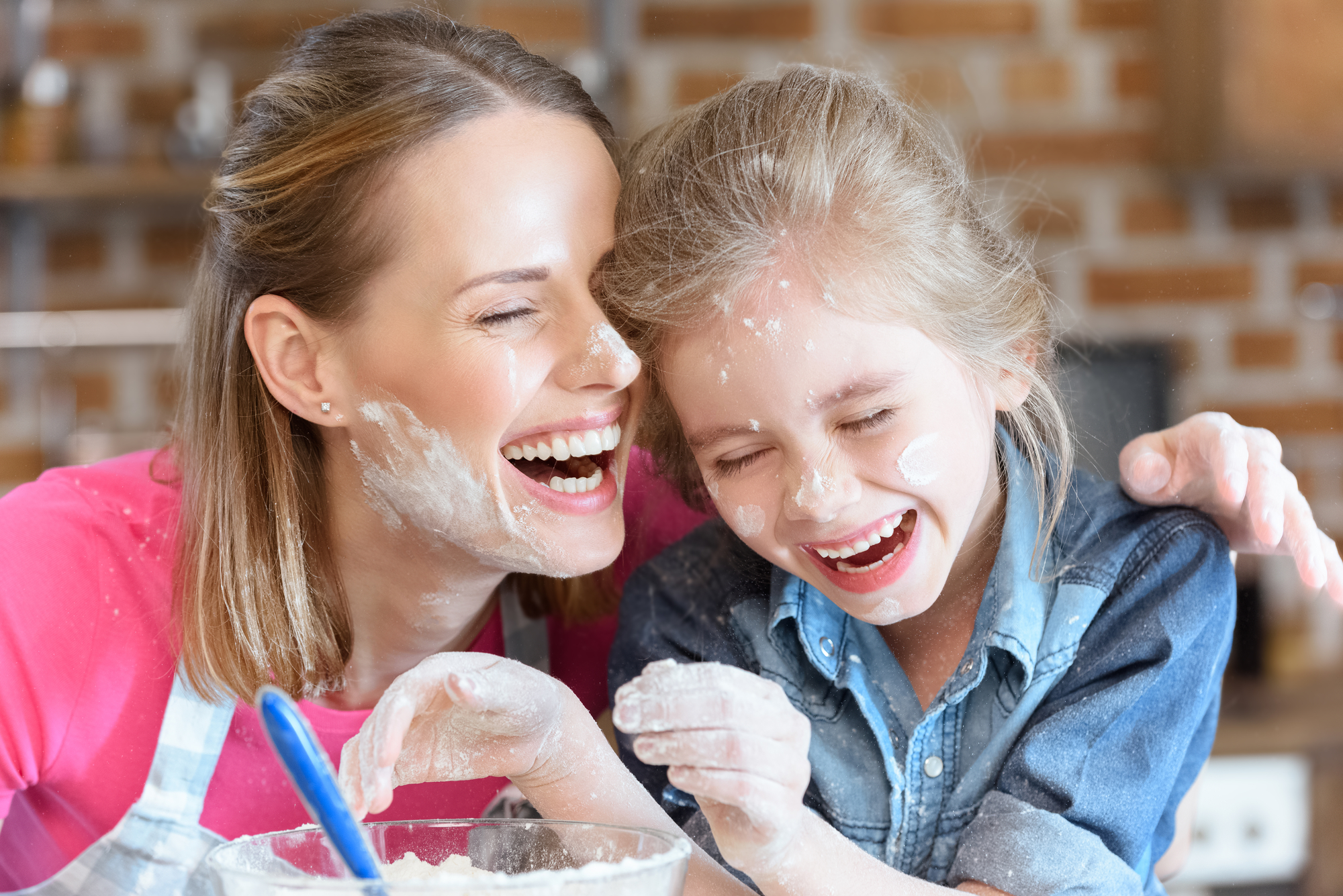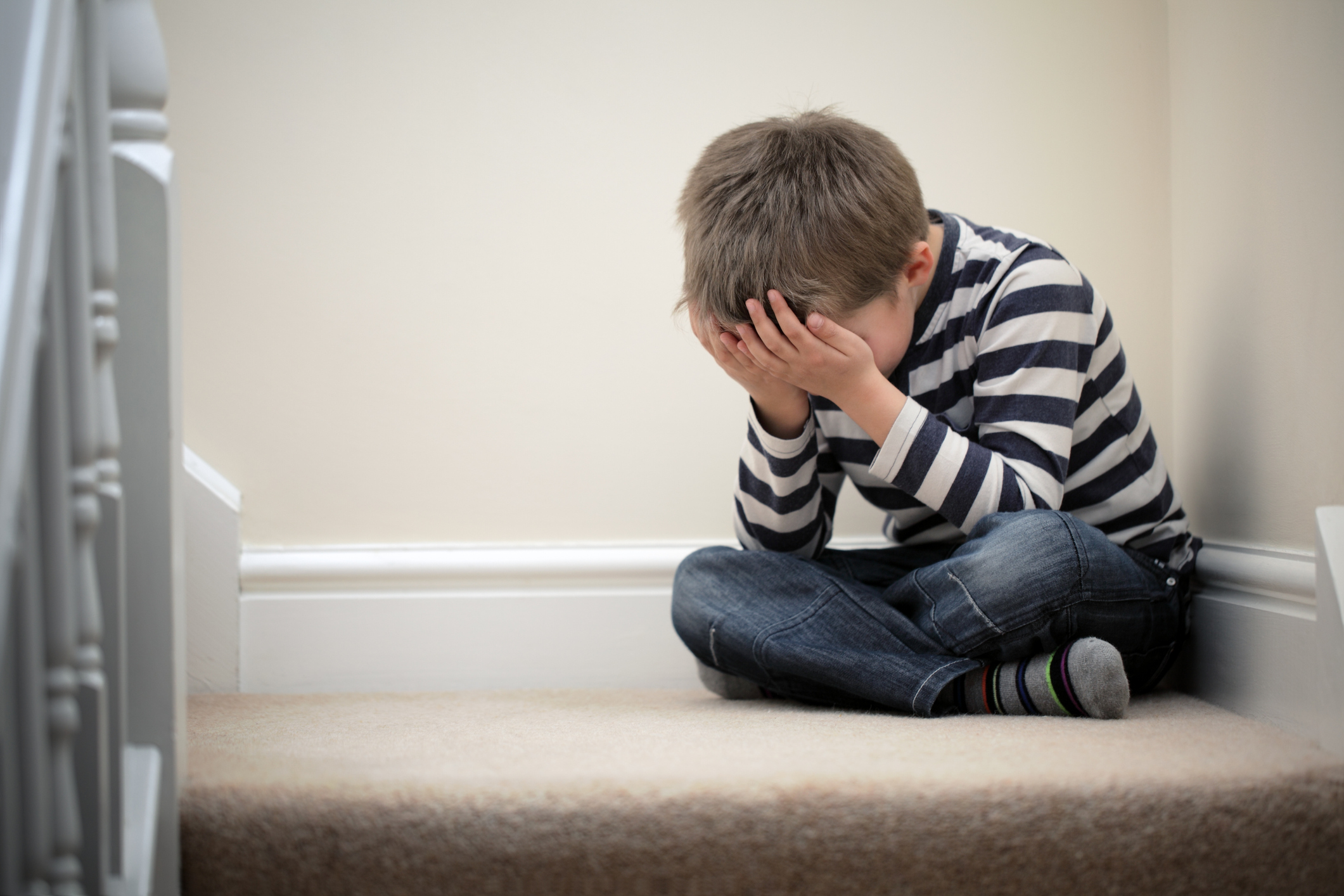We all experience anger, fear, frustration, sadness, rejection, disappointment, jealousy, and guilt at different times; they are simply part of being human. Uncomfortable emotions are unavoidable, but how we respond to them is our choice. Teaching children how to cope with uncomfortable emotions is one of the most critical ways we can support their emotional well-being.
Coping skills are strategies we can use to lessen the frequency or intensity of uncomfortable emotions. Different people use different healthy coping skills and strategies, depending on their personal preferences. These could include exercise, walking in nature, deep breathing, listening to music, removing yourself from the situation, positive self-talk, playing with a pet, talking to someone we trust or maybe doing yoga.
These strategies can help us manage our most intense emotions and are also linked to decreased levels of impulsivity. Children frequently adopt behaviour patterns from their parents so one of the best ways to teach our kids helpful coping skills is to practise them ourselves. Here are three ways we can model healthy coping skills for our kids.
-
Share your own feelings
All of us experience a wide variety of emotions – frustration, disappointment, anger, fear, sadness, jealousy, and happiness and it’s a good idea to share these with your children whenever it’s appropriate to do so. We don’t want to burden our kids with our grown-up emotions and experiences, but we do want them to understand that even we feel those things at different times and have had to learn how to manage them. Reflect on times when you’ve become frustrated, angry or disappointed with your children, what’s your typical response? What is this modelling for them?
-
Talk to your kids about how you cope
Children learn by watching their parents and other significant adults in their lives and are quick to pick up and mimic behaviours, either positive or negative, that they have seen exhibited. It’s vital, therefore that we are good role models and practice what we preach. We are human and get upset, when that happens, acknowledge it and then demonstrate how you use your coping strategies to regain control and work through the situation. If needs be narrate this experience so they can hear your thinking out loud e.g. “Right now I need some time to calm down so I am going to go for a walk/ go listen to some music and I will be back in 20 minutes”
-
Identify healthy coping strategies
Your child should know that it is possible for people to lose control; however, we need to help them identify different coping strategies they can utilize when they need to regain control. It’s important to make sure that you identify appropriate coping strategies for your child as each child is different and will need different methods to help them calm down. Some coping strategies that might be useful are: listening to music, colouring-in or drawing, going to a quiet space to chill, squeezing a stress ball, jumping on a trampoline, blowing bubbles, drinking a glass of cold water, punching a pillow, kicking a ball outside, going for a run-around, scribbling on a piece of paper or ripping paper up. Once you have identified them together, you can talk about how they can use them when they need them both at home and school.
You can also make some visual reminders of the strategies and ideas by placing photos of the activities on small, laminated cards and having them stuck on the fridge or threaded onto a keyring they could carry in their pocket, so they have a reminder of the healthy coping strategies when they start to feel their emotions escalate.
It’s natural for parents to want to protect their children from experiencing discomfort and intense emotions. However, children need to experience the kaleidoscope of human emotions in order to develop emotional well-being and resilience. It is our job to explicitly teach them how to recognise their feelings, understand where they come from, and how to manage them in healthy ways.









